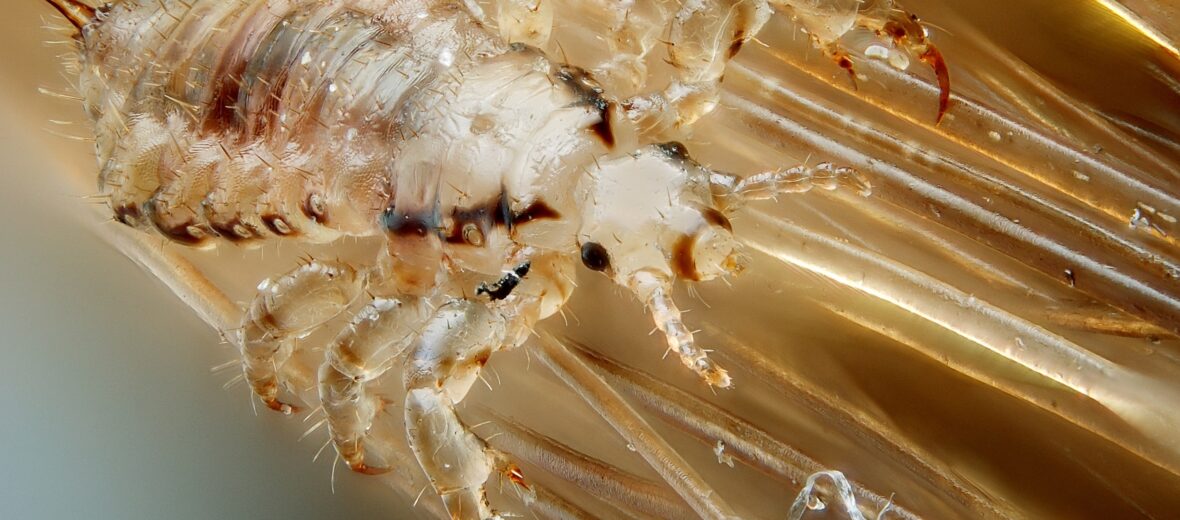
The head louse is a diminutive, parasitic insect that lives on the scalp, the areas behind and around your ears, and near the neckline at the back of the head. Sometimes they can even be found in the eyelashes or eyebrows, but that’s not very common. They feed on the blood in the human scalp and are voracious. Contrary to popular belief, head lice infestations aren’t a sign of an unclean living environment or poor personal hygiene. Head lice also don’t carry bacterial or viral infectious diseases, yet. You also can’t get rid of them with at-home remedies like mayonnaise in the hair, for instance. Head itching yet? Just wait…it will.
First the Stats…
Scientific name: Pediculus humanus capitis
Length: Up to .43 inch
Lifespan: Up to 30 days
Now on to the Facts!
1.) The most common symptom of a louse infestation is itching on the scalp, neck, and the ears. This is an allergic reaction to their bites.
2.) Head lice don’t jump or fly.
3.) When a person has a louse infestation for the first time, the annoying itching may not occur for 4 – 6 weeks after infestation! That’s 4 – 6 weeks of those little buggars reproducing in your hair and drinking your blood.
4.) They usually spread through head-to-head contact. Sometimes they spread via contact with a shared item like a helmet, hat, scarf, comb, or pillow.
5.) Considering the fact that they need daily blood meals to survive, they only live for 1 – 2 days off of your head.
But wait, there’s more on the head louse!
6.) Recently, scientists have discovered that lice are starting to become resistant to some types of treatments. That’s right. They are evolving.
7.) These infesting little parasites are nocturnal (active at night). So your best chance of finding them is at night.
Did you know…?
Scratching can lead to small, red bumps or sores that may can sometimes get infected with bacteria and the louse’s poop.
8.) To get rid of them, look for medicines that contain pediculicides (medicine that kills adult lice). Look also for medications that contain permethrin or pyrethrins. These products are designed to kill the eggs.
9.) Nits stick to hair shafts, close to the base of the scalp. Incubating nits may be difficult to see because they’re very small.
10.) It takes about 8 – 9 days to hatch from their nits (eggs).
But wait, there’s still more about lice to make you itch!
11.) Besides head lice there are also pubic lice, aka crabs. These are found in the pubic area, and can also be found on eyebrows, eyelashes, under arms, and chest hair. They’re not typically found on the scalp.
12.) Body lice are another fun critter. These live and lay eggs (nits) in clothing seams. They crawl onto the body at night to feed on your blood.
Now a Short Head Louse Video!
Also, check out the Critter Science YouTube channel. Videos added frequently!
Want to suggest a critter for me to write about? Let me know here.



